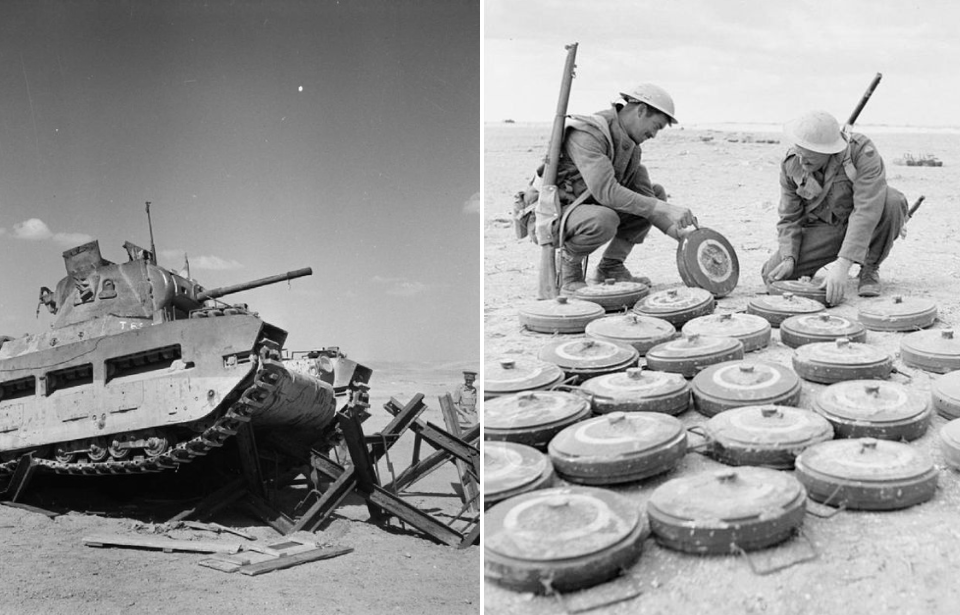The Second World War saw the implementation of a number of new weapons and devices. In particular, the Allied forces had to contend with many enemy inventions whenever they conducted beach landings, particularly on D-Day. Designed by the German high command and other nations, these WWII-era beach obstacles made it particularly dangerous for soldiers to run across a beach before examining their surroundings.
Czech hedgehog
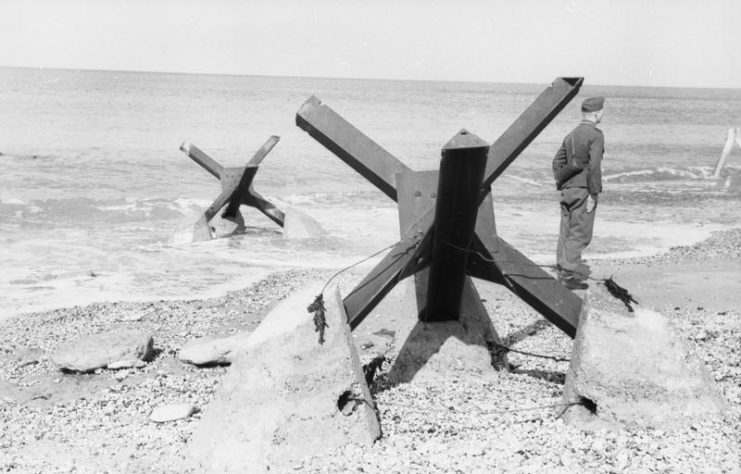
Czech hedgehogs were among the most common WWII-era beach obstacles the Allies had to bypass. The anti-tank devices were typically shaped in an L or I cross-section, and were constructed from either wood, metal or concrete, depending on what was available.
Hedgehogs were first deployed by the Czechs along their border with Germany to prevent an invasion, and were known to stop light- and medium-armored vehicles in their tracks. Given their effectiveness, many other nations designed their own throughout the course of the war. In particular, the Red Army made good use out of them during urban combat.
The officials charged with defending the beaches around Normandy installed hedgehogs underwater and along the Atlantic Wall, to damage Allied landing crafts and prevent them from making it ashore. This, however, proved ineffective, as the Allies wound up repurposing the obstacles and welding them to the fronts of their M5 Stuarts and M4 Shermans.
Cointet-element
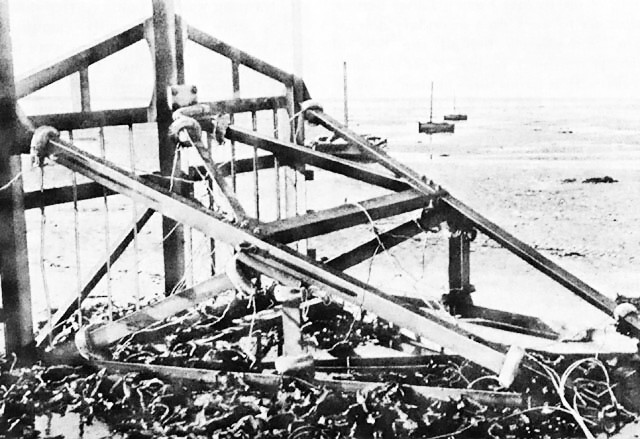
Cointet-elements, better known as Belgian Gates, were developed by French Col. Léon-Edmond de Cointet de Fillain. The near 7-foot-tall, 10-foot-wide steel fences were intended to repel tanks, and were so heavy that they were placed on concrete rollers, for easier transport.
Thousands of Belgian Gates were placed along the Koningshooikt—Wavre (KW) Line in Belgium. The hope was they would stop the Germans’ Panzer divisions. As history later showed, the German Army was eventually able to take the country and occupy it until 1944.
Following their invasion of Belgium, the Germans repurposed the Belgian Gates in France. Thousands were set up along the Atlantic Wall to repel Allied tanks at Normandy, and were among the most regularly-encountered beach obstacles of WWII.
Holzpfähle
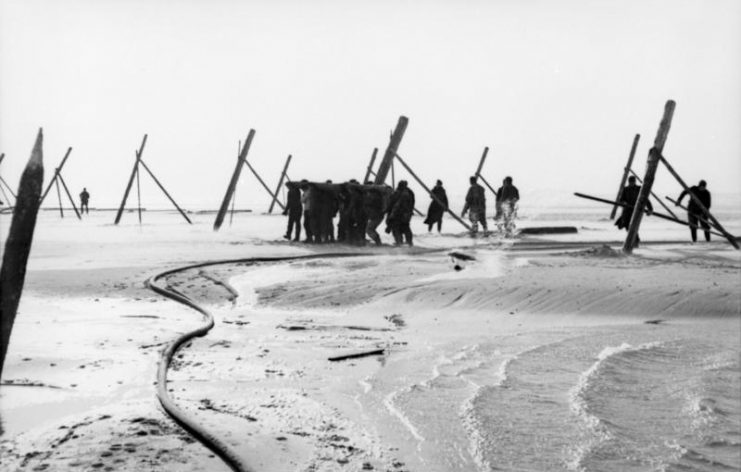
Among the primary fears of German officials stationed at Normandy was the use of gliders. As such, plans were devised to prevent aircraft from landing along the French coast and injure the paratroopers who leapt from them. Millions of 13- to 16-foot-tall wooden poles, known as Holzpfähle, were installed along beaches and fields, their tops connected by barbed wire.
While an incredible amount of work went into mounting the poles, this WWII-era beach obstacle didn’t really make a difference. As it turns out, they wound up being too weak to perform the task at hand, and only 300 Allied casualties were directly attributed to their use, largely during Operation Tonga, the British airborne invasion of Normandy, and the subsequent American airborne landings.
Concertina Wire
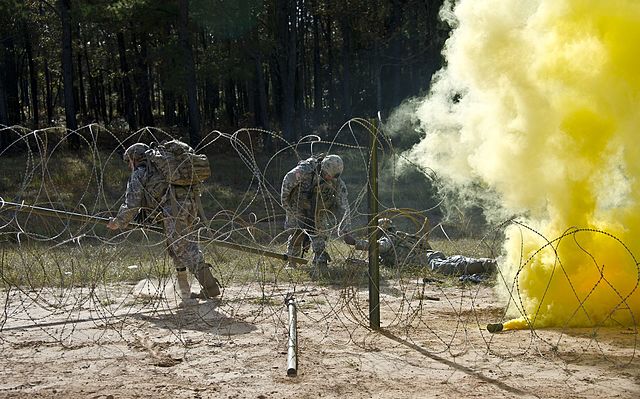
Barbed wire had been used long before the Second World War. For example, Union Gen. Ambrose Burnside notably used wired obstacles during the Battle of Fort Sanders in the American Civil War. As well, armies on both sides used concertina wire to line the tops of trenches during World War I, preventing an enemy land assault, should soldiers make it through No Man’s Land.
During WWII, the German Army used concertina wire as a last line of defense during the storming of Juno Beach on D-Day. The barrel-shaped barbed wire was stacked to form a wall and created multiple dangers. It slowed the Allies down and was known to easily cut through skin. Worst for soldiers was getting trapped or immobilized by the wire, making them sitting ducks for enemy marksmen.
While a rather simple WWII beach obstacle, it was definitely one of the most effective for the Axis.
Teller Mines
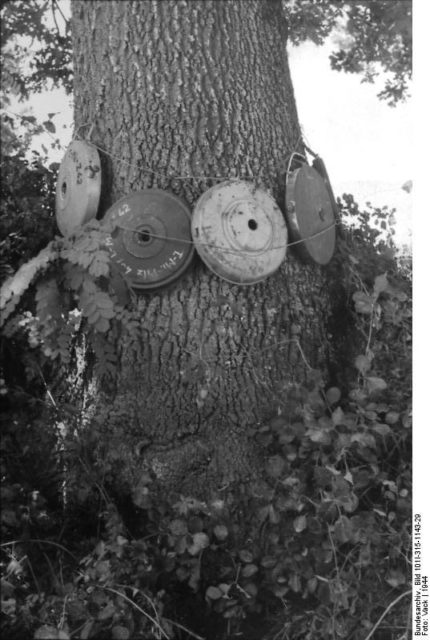
Mines were used in warfare long before WWII. The British Army made use of them during the Siege of Khartoum, and both sides used the explosives during the Russo-Japanese War.
The advancement in tank technology during the Second World War made the use of mines all the more important. During the Allied landings on D-Day, plate-shaped German Teller mines could be found in a number of places. They contained just over 5.5 kg of TNT, and along with taking tanks off their tracks could completely destroy light-armored vehicles.
More from us: Bill Mauldin: The Unofficial Cartoonist of World War II
The WWII-era beach obstacles weren’t just used to repel tanks, however, despite needing 200 pounds of weight to detonate. They were also placed in the shallow waters around the coast, to suppress landing craft, and could be found attached to posts, buried in the sand and even stuck to tree trunks.
